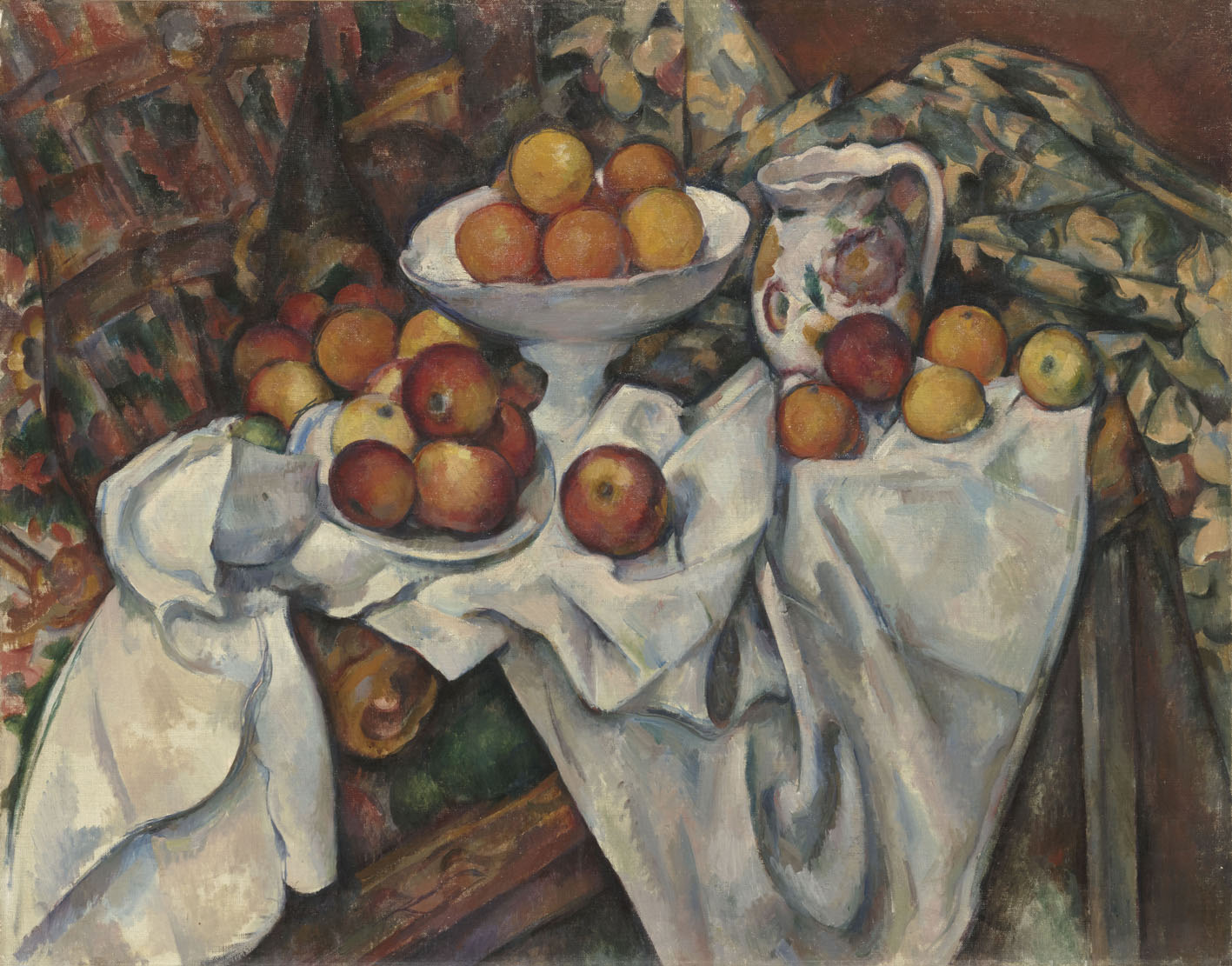When the influential art critic Clement Greenberg described a particular painter as "the most copious source of what we know as modern art, the most abundant generator of ideas and the most enduring in newness," it wasn't, as some might expect, Pablo Picasso he was referring to but Paul Cezanne, a generation older and a profound inspiration on 20th century art.
Cezanne was born in 1839 in the sun-drenched region of Aix-en-Provence in Southern France and worked much of the time in Paris — the center of European art and the bohemian culture associated with it — frequently traveling between the two areas. "Cezanne: Paris, Provence" invites Japanese audiences to consider the impact of these two key locations on the development of the artist's work.
The exhibition is divided into five sections, the first introducing Cezanne's early years, the others each focusing on the four main themes or genres he mined — the body, landscape, portraiture and still life — and is rounded off with a life-size reconstruction of the artist's studio.



















With your current subscription plan you can comment on stories. However, before writing your first comment, please create a display name in the Profile section of your subscriber account page.